Abstract
Background: A radiotherapy incident reporting system should (1) record and classify incidents, (2) assess the impact of incidents on patients in terms of dose errors and (3) identify areas of improvement in the incident reporting system. Such a system at the Independent Clinical Oncology Network (ICON) Oncology is investigated.
Aim: An ‘incident’ is defined by ICON as ‘any occurrence that may prevent the patient from receiving the prescribed dose in the prescribed time period or may cause unplanned harm to the patient or may infringe upon the patient’s rights’.
Setting: Incidents reported between December 2011 and December 2020.
Methods: Incidents were analysed looking at various factors such as institutional timelines compared with major projects, incident error and areas, reporting frequencies amongst tumour-sites and professional groups.
Results: Over the course of 9-years, 78 521 patients were treated at ICON’s centres and a total of 924 reports were filed involving 1355 patients. This shows an incident rate of 1.7% of all patients in radiotherapy. The difference in incident number versus patients is because one incident may involve many patients. Reporting amongst professional groups has more distinctive differences, with 86.0%, 11.6% and 2.4% reported cases per annum for radiotherapists, physicist and oncologist, respectively. For the errors in dose-delivery, 43.0% of the incidents were discovered with no dosimetric or clinical consequence, 53.6% with dosimetric consequence but no clinical consequence and 3.4% with dosimetric and clinical consequence.
Conclusion: Incident reporting is not a new quality assurance (QA) indicator for radiotherapy treatment. However, it requires continuous effort and innovation to uphold and maintain a high standard of patient and staff safety within an organisation. Errors are present during every stage of the radiotherapy process, whether it be human, technical, organisational or patient related. From the statistics of all the patients treated at ICON, 0.04% have been reported to have had an associated incident that involved some form of clinical consequence. Yet, if undetected, the incident could lead to increase in dose errors to patients.
Keywords: incident reporting; incident; quality mangement; quality assurance; errors, human errors; radiotherapy.
Introduction
In South Africa, all electronic devices such as medical linear accelerators (LINACS) and orthovoltage units that produce radiation for the purpose of radiotherapy are required to have a comprehensive quality assurance (QA) programme when the equipment is put into clinical use. This is strongly supported by various organisations, including the American Association of Physicists in Medicine (AAPM), International Atomic Energy Agency (IAEA) and European Society for Radiotherapy and Oncology (ESTRO).
Several policies and procedures were put into place as part of Independent Clinical Oncology Network (ICON) Quality Management (QM) programme, including a QA procedures manual, unscheduled break in treatment, internal rules on radionuclides and an incident reporting protocol. Each document addresses a different subject within the broader aspect of QA concerning patient treatment at ICON. For example, the ‘ICON Incident Report Protocol’, which was started in December 2011, became only fully implemented by May 2013 across the 28 facilities in South Africa.
The ICON group consists of approximately 150 radiotherapists, 30 medical physicists and 154 affiliated radiation oncologists. The equipment in use includes 31 medical LINACS (Elekta, Siemens and Varian), four high dose-rate (HDR) afterloaders and four orthovoltage units. Some of the LINACS are equipped with add-ons such as megavoltage-imaging, multi-leaf collimators, kilovoltage cone beam computed tomography, dynamic multi-leaf collimators and active breathing control system. Treatment techniques performed include 3-D conformal radiotherapy, hemibody irradiation, total skin electron irradiation, total body irradiation, intensity-modulated radiotherapy, volumetric-modulated arc therapy and stereotactic radiotherapy and stereotactic body radiotherapy.
Before 2014, not all facilities were equipped with a record and verify (R&V) systems, such as the Siemens LANTIS or Elekta’s MOSAIQ®. Since 2014, all LINACS are connected to a centralised MOSAIQ® as the main R&V system of choice. In 2019, Varian Aria was subsequently introduced in some facilities. The treatment planning systems (TPSs) in use during 2011–2020 were the Elekta’s XiO® and Monaco®, with a major organisational shift to Varian Eclipse™ in 2019.
The aim of this report is to share the collected data and findings in ICON’s 9-year journey in its incident reporting processes.
Methods
An incident is defined by ICON as: [A]ny occurrence which may prevent the patient from receiving the prescribed dose in the prescribed time period, or may cause unplanned harm to the patient, or may infringe upon the patient’s rights.
In its incident reporting protocol established in 2011. The 12-step incident reporting process, as given in Figure 1, uses an incident report form to be completed following each event and a monthly QA-meeting held within each facility.
 |
FIGURE 1: Independent clinical oncology network’s incident reporting process. |
|
Categories are defined within a report, namely None, Light, Moderate, Severe or Death, each with its own dosimetric and clinical severity assigned, as seen in Figure 2. Near misses are also reported, as they can provide invaluable insight into the procedural gaps, which need to be addressed. A near miss is defined as an error not detected by a normal QA procedure, but otherwise detected prior to treatment.
 |
FIGURE 2: Independent clinical oncology network’s incident report supporting figure. |
|
When an incident occurs, immediate corrective action is taken to prevent any further worsening of the situation. For example, complex calculations should be avoided while the patient is on the treatment couch.
Consultation with the head radiotherapist, the patient’s radiation oncologist and the clinic’s medical physicist is performed and appropriate action is taken on the remaining treatment fractions to minimise any overall dose discrepancies during treatment. An incident report form is completed and discussed at the QA meeting. Prior to the meeting data are collected on the specifics regarding each incident. Procedural changes are then proposed and discussed to prevent the reoccurrence of such an incident.
The incident report is then kept in the patient’s file for referral at the patient’s follow-up meeting with the oncologist. The minutes of the meeting (which exclude the patient’s personal details) is sent to the medical physics area manager (MPAM) and all reports are then presented at a manager’s meeting. On a monthly basis, the MPAM summarises all incidents for all clinics in their area (excluding the patient, professional and clinic details). A summary of all the incidents and resultant QA procedural changes are circulated to all clinical managers and ICON’s clinical governance committee. These procedural changes are then made available by the clinical managers to all the physicists and radiotherapists to access and implement.
A database of incidents is updated monthly by the MPAM’s, with an assessment of the incident(s) severity using the Radiation Oncology Safety Educational Information System (ROSIS) scale.
The main purpose of the QA meetings held at each ICON facility is to discuss each incident in a professional context, with emphasis on the processes for improvement of the patient safety by the clinical professionals involved. No administrative management is allowed at the meetings as they tend to focus on the disciplinary actions to be taken, which is not conducive to encourage the personnel to report all incidents, which have occurred. This encouragement to personnel to report all incidents is aligned with ICON’s view to promote a ‘no blame culture’. This has been shown to promote incident reporting in institutions.1,5,6,7,8
All incident findings with procedural changes in either workflow of standard operating procedures (SOPs) was made or added. This happened either with immediate effect or at annual reviews of SOPs. Such a document would be the ICON QA procedures manual containing all actions and responsibilities of all professionals in the radiotherapy process to adhere to.
Ethical considerations
This article followed all ethical standards for a research without direct contact with human or animal subjects.
Results
Over the course of 9 years, 78 521 patients were treated at ICON’s centres. A total of 924 reports involving 1355 patients were filed, thus a reporting rate of 1.7% of all patients in radiotherapy. The difference in incident number versus patients is because of one incident may involve many patients. An example of this was when an incorrect calibrated linear accelerator was discovered affecting 60 patients. This resulted in a root cause analysis of the incident, which required a realignment of all relative and absolute measurement to the same standard of measurement source to axis distance (SAD).
Most of these incidents were contributed to human error, as shown in Figure 3. Technical errors were the second biggest contributor to incidents. These systems require quality control and assurance to ensure that a high-quality level of treatment is upheld for each patient. Human error accounted for 77.2% of all reports, with technical errors contributing a further 17.1%.
A benefit of having a single incident reporting system for the past 9 years is that all the data were consolidated in a single database. This allowed for a graphical representation of the frequency of reporting over the 9-year period, as seen in Figure 4. As in any organisation, including ICON there were periods of major development within the group. In 2014, a centralised R&V (MOSAIQ®) system was rolled out over all 28 facilities, followed by a centralised TPS Eclipse™ roll-out during 2019.
 |
FIGURE 4: Independent clinical oncology network incident report timeline between December 2011 and December 2020 alongside major developments. |
|
Not only do internal projects need to be considered over the 9-year period, but also external factors such as the 2020 coronavirus disease 2019 (COVID-19) pandemic, which internationally promoted ‘work from home’ conditions.
Reporting showed an 83% contribution to incidents occurring at treatment preparation and delivery, of which 64% was picked up during treatment and 19% at chart-check reviews. A further 7% was recorded during imaging and 6% during treatment planning. This was indicated in Figures 5a and 5b.
 |
FIGURE 5: (a) Area of incidence in radiotherapy and (b) treatment preparation and delivery. |
|
Incident reporting amongst equipment and tumour sites was heavily linked towards the percentage equipment or treatment sites present in the retrospective analysis.
Breast and prostate treatment were the most common anatomical treatment sites in ICON, with breast accounting for 28% and pelvis 29% of all treatments. Other sites included head and neck 6%, abdomen 4%, brain 2% and the rest 31%, this is shown in Table 1. As expected, the most reported incidences were associated with these areas of treatment, as can be seen in Figure 6.
 |
FIGURE 6: Incident reports received per tumour site. |
|
| TABLE 1: Treatment sites percentage per annum. Tumours treated between 01 September 2015 and 31 August 2016. |
Reporting amongst professional groups had more distinctive differences, with 86.0%, 11.6% and 2.4% reported cases for radiotherapists, physicists and oncologists, respectively, this is shown in Figure 7. This was most likely because of the interaction of the professional groups.9 It would be logical to expect that radiotherapists report the most incidents in a radiation specific reporting system because of their involvement throughout the dose planning and treatment phases; therefore, they were most likely to detect and report the errors.10
 |
FIGURE 7: Percentage incidence reports received per professional group. |
|
Of the incidents reported (see Figure 8 and Figure 9), 43.0% had no dosimetric or clinical consequence, 53.6% had dosimetric consequence but no clinical consequence and 3.4% had dosimetric and clinical consequence. However, if these incidents were not detected, statistics would shift to higher levels in dosimetric and clinical consequences.
 |
FIGURE 8: Incidence reports received per professional group. |
|
 |
FIGURE 9: Incident severity with outcomes if the incident was detected compared with if it remained undetected. |
|
Covering 924 reports would not be practical for this article but an example of workflow and SOP changes that stems directly from the analysis of an incident other than the one already mentioned (incorrect LINAC calibration) involves stereotactic treatments (SRTs). Although a general practise for all Radiation Oncologists (ROs) and Medical Physicists (MPs) to attend all SRT with ICON this was not a hard rule. Then main issue around this was because of the various types of SRT such as fractionated stereotactic treatments (FSRT), SRT and stereotactic radiosurgery (SRS) what can be between 1 and 25 fractions of treatment ranging in dose prescriptions of 2–90 Grey (Gy) per fraction. After a major reportable incident ICON with immediate effect in both workflow and SOP’s implemented that a MP shall be present at all stereo treatments that is either five or less fractions but also 5 Gy and more in dose.
Discussion
Incident reporting is not a new indicator for QA in radiotherapy. The possibility of an error occurring in the radiotherapy process, whether it be human, technical, organisational or patient related is present during every stage of the radiotherapy process. However, it requires continuous effort and innovation to uphold and maintain a high-quality level of treatment within an organisation.
A reporting rate of 1.7% of all patients in radiotherapy was comparative to published data, ranging between 1.7% and 4.6% per patient.1,5,6,7,8 From the statistics of all the patients treated in ICON, 0.04% were reported to have had an associated incident that has led to some form of clinical consequence, while considering that with any reporting system, the reporting can be misrepresented by inaccurate data because of under-reporting, which may be present.
By combining the reports that occurred during and after major institutional projects, a declined in incident reports are observed. This may be attributed to the increased awareness of personal safety by the radiotherapy team while becoming acquainted with a new system.
Areas with a higher percentage use common treatment sites, showed an expected higher number of incidents reports. This highlights areas where ICON as an organisation can focus to decrease the total number of incidents.
Reporting amongst and within each professional group needs further investigation, as it can imply either non-reporting or errors remaining undetected. Undetected errors can therefore lead to increased levels in dosimetric and clinical consequences on patients.
Conclusion
Incident reporting is not a new quality assurance (QA) indicator for radiotherapy treatment. However, it requires continuous effort and innovation to uphold and maintain a high standard of patient and staff safety within an organisation. Errors are present during every stage of the radiotherapy process, whether it be human, technical, organisational or patient-related. From the statistics of all the patients treated at ICON, 0.04% have been reported to have had an associated incident that involved some form of clinical consequence. Yet, if undetected, the incident could lead to increase in dose-errors to patients.
Staying vigilant and upholding quality assurance and reporting of incident with feedback thereof we can educate and teach ourselves and others to make radiotherapy safer for radiation treatments to patients.
Acknowledgements
Competing interests
The authors reported that they are employees of ICON a company that may be affected by the research reported in the enclosed publication. They have disclosed those interests fully and have in place an approved plan for managing any potential conflicts arising from the article.
Authors’ contributions
I.O. conceived idea and performed the computations. I.O., J.v.S., N.C. and J.S. discussed the results and contributed to the final manuscript.
Funding information
This research received no specific grant or funding.
Data availability
The data that support the findings of this study are available on request from the corresponding author, I.O. The data are not publicly available because it contains information that could compromise the privacy of research facilities.
Disclaimer
The views and opinions expressed in this article are those of the authors and do not necessarily reflect the official policy or position of any affiliated agency of the authors.
References
- Yeung TK, Bortolotto K, Cosby S, Hoar M, Lederer E. Quality assurance in radiotherapy: Evaluation of errors and incidents recorded over a 10-year period. Radiother Oncol. 2005;74(3):283–291. https://doi.org/10.1016/j.radonc.2004.12.003
- Carlfjord S, Ohrn A, Gunnarsson A. Experiences from ten years of incident reporting in health care: A qualitative study among department managers and coordinators. BMC Health Serv Res. 2018;18:113. https://doi.org/10.1186/s12913-018-2876-5
- Smith S, Wallis A, King O, et al. Quality management in radiation therapy: A 15-year review of incident reporting in two integrated cancer centres. TipsRO. 2020;14:15–20. https://doi.org/10.1016/j.tipsro.2020.02.001
- Malicki J, Bly R, Bulot M, et al. Patient Safety in external beam radiotherapy, results of the ACCIRAD project: Recommendations for radiotherapy institutions and national authorities on assessing risks and analysing adverse error-events and near misses. Radiother Oncol. 2018;127(2):164–170. https://doi.org/10.1016/j.radonc.2018.04.006
- Brennan TA, Leape LL, Laird NM, et al. Incidence of adverse events and negligence in hospitalized patients: Results of the Harvard medical practice study I. N Engl J Med. 1991;324:370–376. https://doi.org/10.1056/NEJM199102073240604
- Dominello MM, Paximadis PA, Zaki M. Ten-year trends in safe radiation therapy delivery and results of a radiation therapy quality assurance intervention. Int J Radiat Oncol. 2015;93(3):E501–E502. https://doi.org/10.1016/j.ijrobp.2015.07.1828
- Huang G, Hodgson D, Medlam G, Lockwood G. Error rates in radiation therapy: Results of a quality assurance review. Int J Radiat Oncol. 2002;54(2):305–306. https://doi.org/10.1016/S0360-3016(02)03587-3
- Bissonnette J, Medlam G. Trend analysis of radiation therapy incidents over seven years. J Radiother Oncol: Radiother Incident. 2010;96:P139–P144. https://doi.org/10.1016/j.radonc.2010.05.002
- Hewitt T, Chriem S, Forst A. Sociocultural factors influencing incident reporting among physicians and nurses: Understanding frames underlying self- and peer-reporting practices. J Patient Saf. 2017;13(3):129–137. https://doi.org/10.1097/PTS.0000000000000130
- Smith S, Wallis A, King O, et al. Quality management in radiation therapy: A 15-year review of incident reporting in two integrated cancer centres. J Radiother Oncol: Clin Pract. 2020;14:P15–P20. https://doi.org/10.1016/j.tipsro.2020.02.001
|